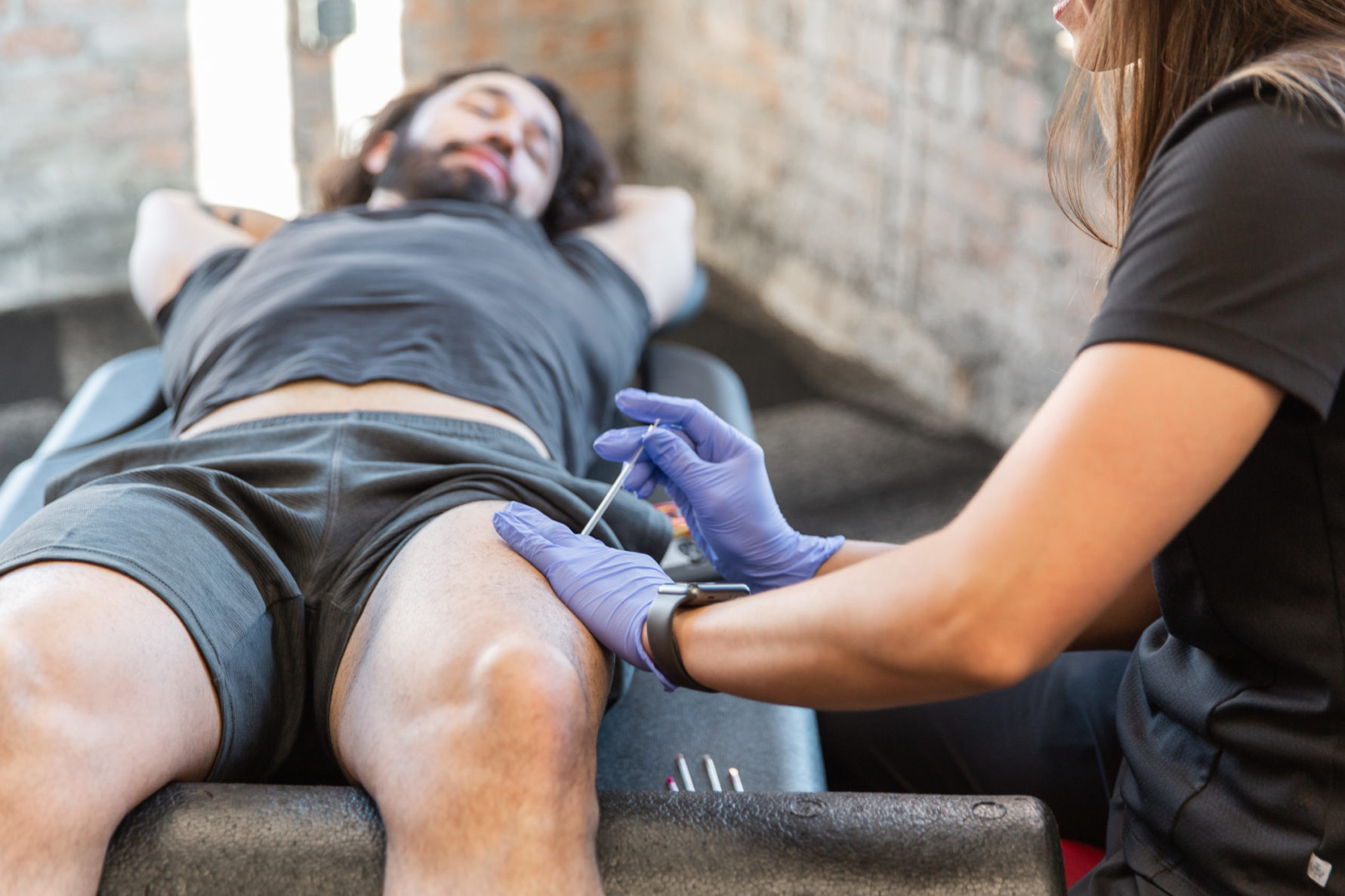
Baseball season is now in full swing in Kansas City! (Pun intended.)
While summer would be much less fun without baseball, it's also important to consider the potential consequences of playing—specifically, pitching.
Preventing throwing injuries is extremely important to maintaining a healthy lifestyle during sports season. While most kids will stay healthy, there will also be kids who experience elbow and shoulder pain. So what can you do to prevent a throwing injury in Kansas City in the first place?
How to prevent a throwing injury in Kansas City: Understand the risks
When it comes to preventing throwing injuries in Kansas City, it’s important to know the biggest risk factors.
In a recent study of 460 kids aged 9-14, half of the subjects experienced elbow or shoulder pain during the regular season. Distinctly, the curveball was associated with a 52% increased risk of shoulder pain, while the slider was associated with an 86% increased risk of elbow pain.
Some research, however, has started to suggest that the curveball is not a stand-alone factor for increased pain. Pitch count and pitching velocity also contribute to a throwing athlete’s pain.
Lyman et al. (2002) showed that elbow and shoulder pain were significantly associated with both the number of pitches thrown in a game and those thrown throughout the entirety of the season, meaning that when learning how to prevent throwing injuries in Kansas City starts with pitch count limits and the types of pitches thrown.
What can you do to prevent throwing injuries in Kansas City?
Throwing injuries are common in young kids due to the lack of mature bone development. Petty et al. (2004) suggests the following guidelines for young throwing athletes when learning how to prevent a throwing injury in Kansas City:
- Breaking pitches should not be thrown in competition until bones have matured, as indicated by puberty.
- Young pitchers should develop proper mechanics and participate in year-round physical conditioning programs.
- Pitchers should not be allowed to return to the mound in a game in which they have already been removed as the pitcher. In addition, no intense pitching practice should take place after the game.
- Showcases are discouraged, and pitchers are discouraged from pitching in more than one league, if multiple leagues overlap within a season.
- Pitchers should not compete in baseball for more than 9 months in any given year. Experts highly recommend the arm should rest for at least 3 months from drills and overhead activities.
- Specific rest periods are suggested between pitching outings.
Where can you go for exercises proven successful in how to prevent a throwing injury in Kansas City?
The doctors at F.I.T. Muscle & Joint Clinic are not only here to help you recover from any injury, but also to assist in preventing throwing injuries in Kansas City. Call us or request an appointment today for a full examination and prevention plan tailored specifically to your biomechanical needs and goals.
References:
1. Petty, D.H., Andrews, J.R., Fleisig, G.S., Cain, E.L. (2004). Ulnar collateral ligament reconstruction in high school baseball players: Clinical results and injury risk factors. American Journal of Sports Medicine;32(5):1158-1164.
2. Lyman, S., Fleisig, G.S., Andrews, J.R., Osinski, E.D. (2002). Effect of pitch type, pitch count, and pitching mechanics on risk of elbow and shoulder pain in youth baseball pitchers. American Journal of Sports Medicine;30(4):463-468.
3. Parks, E.D., Ray, T.R. (2009). Prevention of overuse injuries in young baseball pitchers. Sports Health;1(6):514-517.



